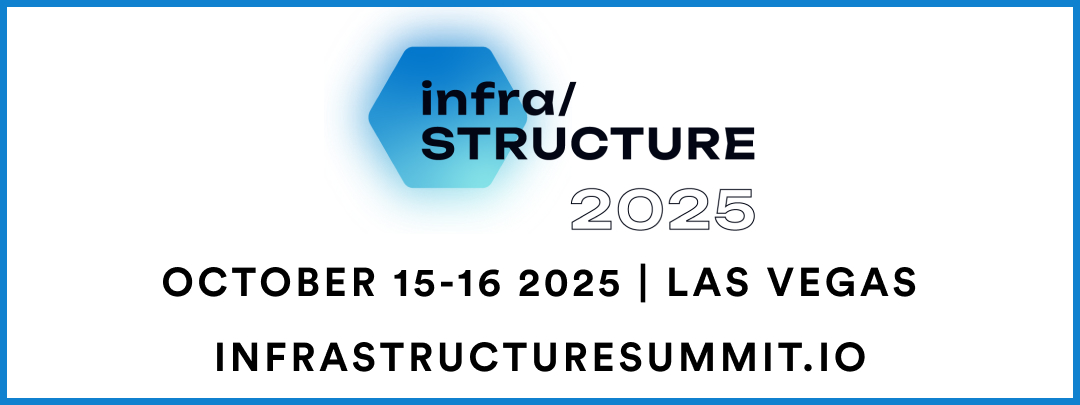WSS: NVIDIA epitomizes optimistic side of the bull versus bear debate and the driving forces behind the marshalling of infrastructure resources
The sector continues to push forward amid multiple cross-currents. There are bearish opinions warning of trouble to come, while the numbers and investment levels suggest things are moving along just fine. We have hit the tail end of earnings season and overall, it was a solid quarter of performance. With a slightly different reporting timetable, Oracle disclosed the first results for the early 1Q25 period and showed that growth is still healthy and CapEx levels are expected to rise amid an ongoing imbalance between supply and demand.
If there is any place that is at the centre of the sector’s optimism, it is the ecosystem around NVIDIA, which is powering the AI growth wave. A number of our team members were able to attend the recent NVIDIA GTC show in San Jose, and we share some initial takeaways. NVIDIA GPUs remain in high demand, but there is some skepticism around delivery timelines and schedules, while the land and energy required to support this expansion currently is not entirely accessible or available over the long-term – at last not yet. Innovation will help, as we saw with the DeepSeek revelations, but the search for alternative energy resources is on. The growth of AI and the consumption of energy that will be required to support it is also going to have an ongoing impact on data centre design as density requirements climb. Meta redesigned its data centres in recent years and Microsoft is doing things a bit on the fly, with another pause at the data centre project in Wisconsin likely caused by design considerations.
The energy space continues to gravitate to the data centre sector. The demand pipelines at energy companies speak volumes to where things are headed and we take a closer look at some data points and commentary on data centre demand that were disclosed in Duke Energy and FirstEnergy’s quarterly results. Amid the demand and growth seen from hyperscalers, colocation operators continue to explore alternative energy sources. France-based Data4 is looking at nuclear energy possibilities in Europe and acquired some solar energy in Italy, while hyperscalers like AWS are partnering on renewables with energy equipment providers like GE Vernova.
Developing markets around the world continue to build momentum, especially in regions like Southeast Asia. The Jakarta market is home to effectively all the world’s hyperscalers and as a result, now has a competitive landscape occupied by both domestic and international operators. Equinix is set to launch its new facility in Jakarta and Digital Realty confirmed its entry into Indonesia though the establishment of a JV with Bersama Digital Data Centres. Another new entrant established a JV, with Sinar Mas Group’s digital infrastructure arm partnering with South Korea’s LG. That JV just broke ground on a new development in central Jakarta. Jakarta several years back is roughly where Bangkok is right now. Bangkok continues to see heavy activity as it has become both a rapidly emerging hyperscale cloud market (with both US and Chinese hyperscalers in the market) and a potential alternative home to GPU clouds in Southeast Asia (for now, primarily housed in Johor, Malaysia). The past week saw another recent entrant – DayOne – break ground on a new campus in Bangkok, while a number of other data centre projects were approved by the Thailand Board of Investment. Meanwhile, Bridge Data Centres already operates in Bangkok and secured $2.8b in financing to support projects in both Thailand and Malaysia.
Finally, the past week saw more movement in the edge-hyperscale space. Webscale providers like DigitalOcean, OVHcloud, Akamai, Vultr and others are often an overlooked source of demand for data centre colocation. They are starting to consume in multi-MW chunks and DigitalOcean recently took down capacity in Atlanta with Flexential. Demand will be split across primary and secondary locations. Webscale providers like DigitalOcean are looking to consolidate into a smaller number of primary locations, but the likes of Akamai have highly distributed footprints that cross into multiple edge markets and OVHcloud has started to build in that direction as well, with plans to add literally dozens of edge nodes on a global basis. A good portion of this expansion activity will end up landing in data centre colocation environments.
or



